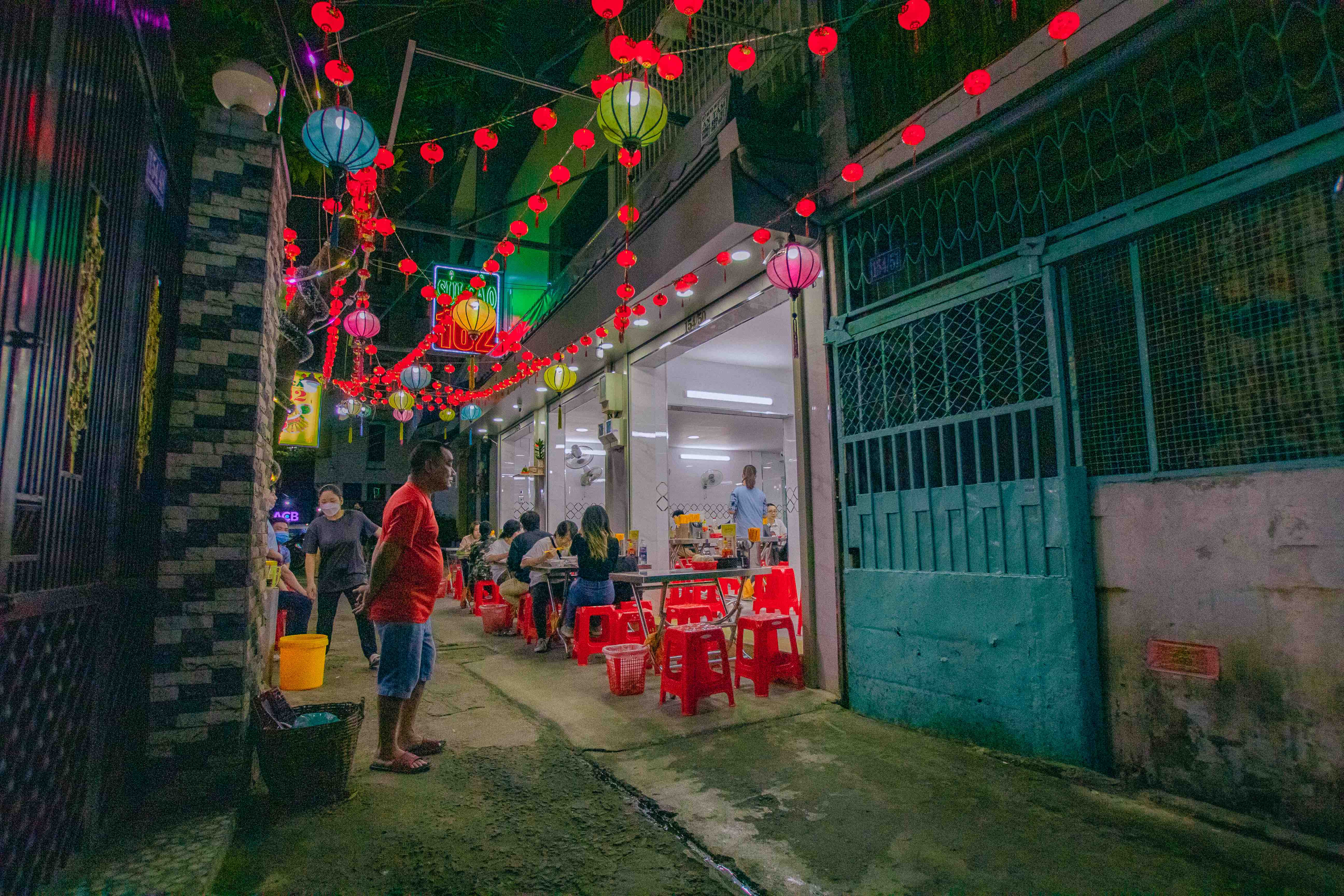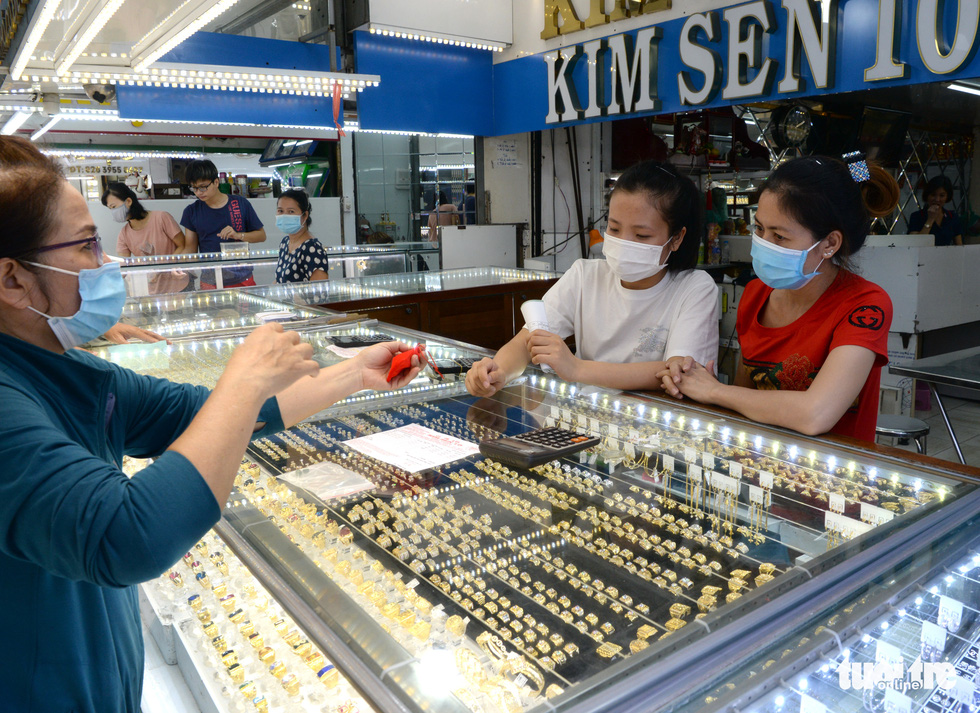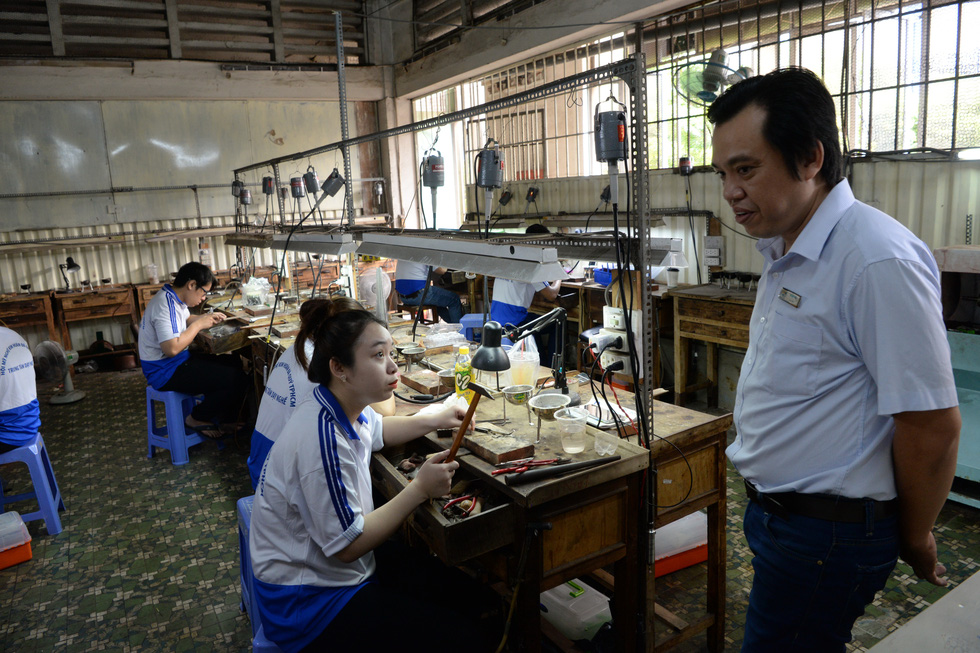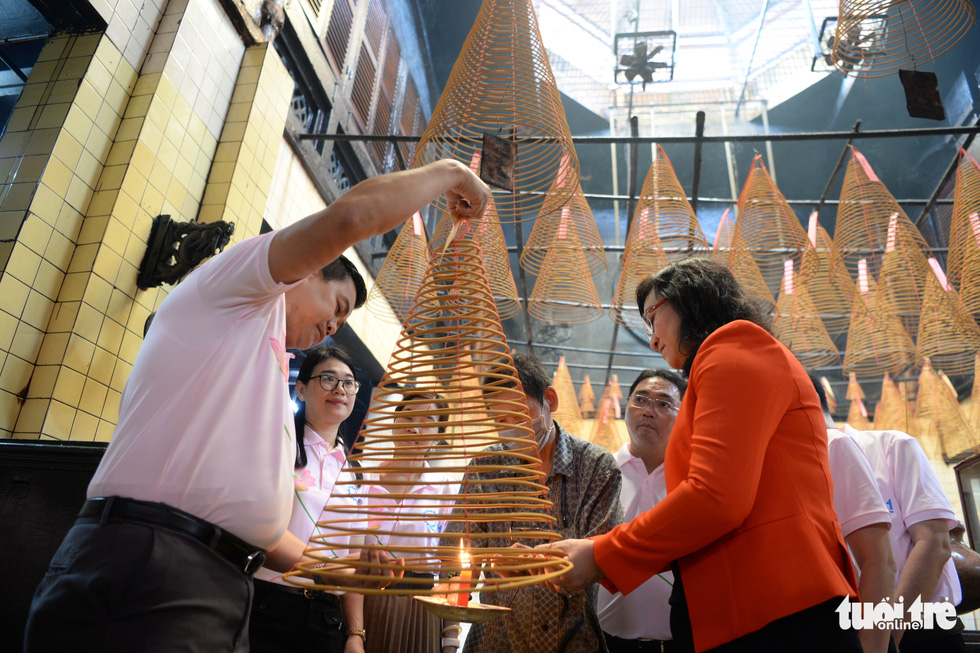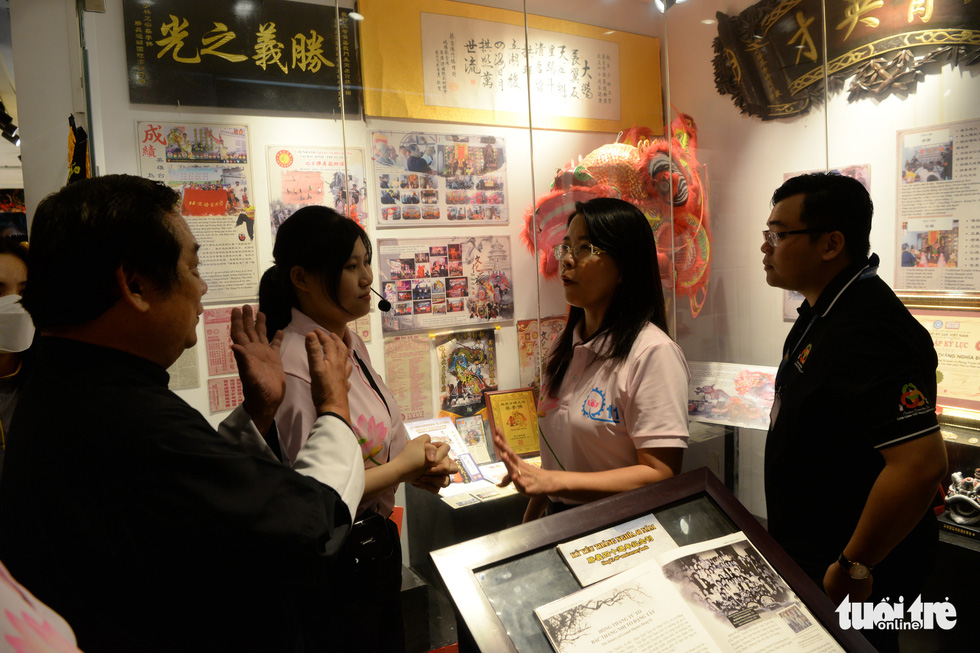Authorities in District 11 in Ho Chi Minh City are collaborating with Chim Canh Cut Travel Service JSC to launch a tour offering a different perspective on the city’s Cho Lon neighborhood.
The neighborhood, spanning parts of District 5, District 6, and District 11, is home to Ho Chi Minh City's largest Chinese community.
Part of the city's program in which every district offers at least a typical product to boost the metropolis' tourism, the tour to District 11 offers excursions to the destinations close to the Chinese community in Vietnam.
Titled 'A different Cho Lon,' the tour aims to introduce District 11 and its features to tourists, as the district remains a less popular part of Cho Lon compared to the other two more famous districts.
According to Tran Thi Bich Tram, deputy chairman of the People's Committee of District 11, people immediately think of District 5 and District 6 when talking about Cho Lon, but in fact, District 11 also has typical features of the neighborhood.
The tourist, cultural or spiritual destinations in the area are very ordinary and close to life, and the 'A different Cho Lon' tour is designed in that direction.
The first stop is Thiec Market, a traditional long-time market selling jewelry which is said to still fully preserve the lifestyle and traditional crafts of the Chinese people in Cho Lon from the past.
|
|
| A customer buys jewelry at Thiec Market in District 11, Ho Chi Minh City. Photo: T.T.D. / Tuoi Tre |
Built in 1945, the market is one of the big jewelry markets of the city, specializing in processing, repairing, and trading gold, silver, gems, and jewelry.
The first floor of the market is dedicated to a training center for jewelers.
|
|
| Instructor Ho Van Tien teaches learners at the training center for jewelers at Thiec Market in District 11, Ho Chi Minh City. Photo: T.T.D. / Tuoi Tre |
According to Nguyen Van Dung, chairman of the Ho Chi Minh City’s gemstone, jewelry, and handicraft association, the center offers training to about 400 students from all over Vietnam each year. It also receives students from neighboring countries.
Another unmissable stop in District 11 is the Khanh Van Nam Vien pagoda on Nguyen Thi Nho Street.
This rare Chinese temple in Ho Chi Minh City was established in 1936 by Taoists from Guangdong, China to preach Taoism to the Chinese community in Cho Lon.
A place of pilgrimage for the Chinese community in the city, Khanh Van Nam Vien is a tourist destination known among many domestic and international travelers.
|
|
| Phan Thi Thang (right), vice-chairman of the Ho Chi Minh City People's Committee, burns incense while visiting the Khanh Van Nam Vien pagoda on Nguyen Thi Nho Street in District 11, Ho Chi Minh City. Photo: T.T.D / Tuoi Tre |
Those who love Chinese culture would not want to miss a visit to the traditional hall of the Singyi Lion Dance troupe to learn about the traditional art.
|
|
| Tourists visit the Singyi Lion Dance troupe in District 11, Ho Chi Minh City. Photo: T.T.D / Tuoi Tre |
After the historical and cultural stops, visitors can treat themselves with delicious dumplings and even learn how to make them at the famous shuijiao street Ha Ton Quyen.
|
|
| A visitor learns to make shuijao dumplings at a shop on Ha Ton Quyen Street in District 11, Ho Chi Minh City. T.T.D. / Tuoi Tre |
Shuijiao, known as sủi cảo in Vietnamese, is a type of Chinese dumpling stuffed with ground meat, shrimp, and vegetables.
Ha Ton Quyen Street is known for the dozens of authentic shuijiao dumpling stalls that have popped up on its sidewalks over the past thirty years.
Like us on Facebook or follow us on Twitter to get the latest news about Vietnam!



